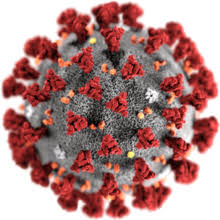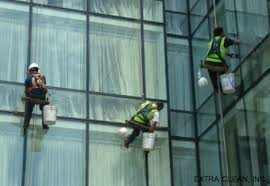 January 2021
January 2021
We continue to learn more about COVID including how people catch it, lifespan and treatment.
As of April 2020, 27.5 percent of those hospitalized with COVID died from it. By July this dropped to 11 percent according to a report in The Globe and Mail. As the number of new cases increased into September and October the number of deaths remained at zero. It remains unclear if more new cases are a worsening situation, the expected result of more testing or a less dangerous strain of the virus.
An early fear was that COVID could be transmitted by touching a surface infected by an individual with COVID. It is becoming clear that COVID does not survive as long as thought on many surfaces. Research from the New England Journal of Medicine, government agencies and other studies show the lifespan of COVID on various surfaces to be:
- Copper: about four hours
- Cardboard: one day
- Wood: two days
- Plastic: three days
- Stainless steel: more than three days
- Glass: up to four days
- Paper: up to four days
Lifespan of COVID is reduced on outdoor surfaces and in sunlight.
A study in The Lancet, a highly regarded medical journal, suggests the lifespan of COVID is much less than in lab tests under which the above timeframes were developed. Emanuel Goldman, author of the report and PhD, professor of microbiology, biochemistry, and molecular genetics at New Jersey Medical School of Rutgers University, opines that the chance of transmission through inanimate surfaces is very small and only occurs within a couple of hours of when a surface has been infected.
As with SARS, COVID is most typically spread from inhalation and not by touching surfaces. Some specialists are of the opinion “a unique series of events” is required for someone to be infected by COVID by touching a surface; surface being infected by someone with COVID, another touching the infected surface shortly after, not washing hands prior to touching face.
This information changes the approach to dealing with COVID. Disinfectants, which can be harmful when used excessively and categorized as “pesticides” in the U.S., may not be necessary and could cause more harm. The Centers for Disease Control and Prevention state that normal cleaning with soap and water will decrease how much of the virus is on surfaces and objects, and reduce risk of exposure.







